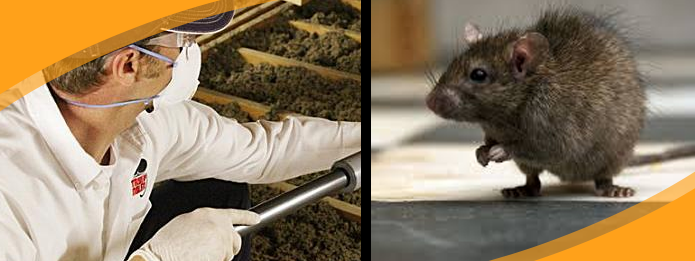 When it comes to rodent pests, few are more adaptable and clever than rats. Several species roam throughout North America, but black and Norway rats are the two that have adapted best to human environments. If you are dealing with a problem with rats on your property, learning about their habits and behaviours, along with some help from Truly Nolen’s pest control in Guelph, can help you eradicate these troublesome rodents.
When it comes to rodent pests, few are more adaptable and clever than rats. Several species roam throughout North America, but black and Norway rats are the two that have adapted best to human environments. If you are dealing with a problem with rats on your property, learning about their habits and behaviours, along with some help from Truly Nolen’s pest control in Guelph, can help you eradicate these troublesome rodents.
 When it comes to rodent pests, few are more adaptable and clever than rats. Several species roam throughout North America, but black and Norway rats are the two that have adapted best to human environments. If you are dealing with a problem with rats on your property, learning about their habits and behaviours, along with some help from Truly Nolen’s pest control in Guelph, can help you eradicate these troublesome rodents.
When it comes to rodent pests, few are more adaptable and clever than rats. Several species roam throughout North America, but black and Norway rats are the two that have adapted best to human environments. If you are dealing with a problem with rats on your property, learning about their habits and behaviours, along with some help from Truly Nolen’s pest control in Guelph, can help you eradicate these troublesome rodents.

